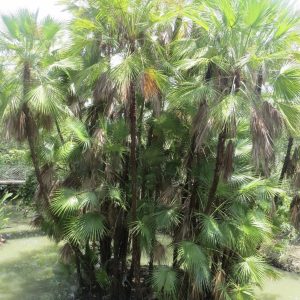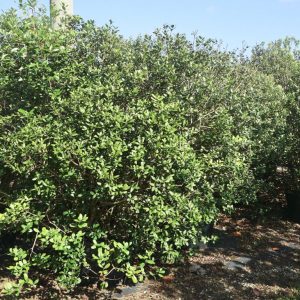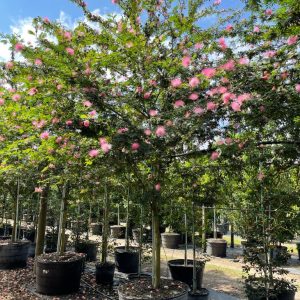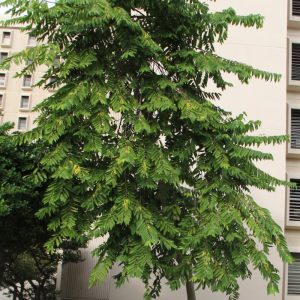Description
Cordia Superba (Membrillo) most commonly known as membrillo that in Spanish stands for quince. Although the fruit is unrelated to this small to medium-sized tropical forest understory tree which can reach 30 feet in height. Nonetheless, it is high branching tree and the top branches resemble the growth of a palm tree. Nonetheless with the correct pruning it can also assume a shrub growth form.
Additionally, leaves are green, simple, alternate, oblong, large, 20 x 5 inches and borne in groups at the branch ends in whorls. And, flowers are large, fragrant, with different color blooms (white, pink, purple) with stamens arranged in a circle, about 4 inches across and borne on the trunk (cauliflory); and they attract bees such that membrillo is a honey tree. Fruits are pear-shape, about 4 x 3 inches; and the hard green shell contains a yellowish-orange pulp and up to 20 seeds. Seeds are for propagation.
Besides, once the fruits turns yellow as it matures and monkeys and rodents eat the them. Also, the fruit pulp is rich in vitamins and edible, only after it goes through boiling water. The large leaves are food for animals and a source to to make a medicinal tea. The wood is also good for construction.
Membrillo prefers well-drained soils with organic matter. With its large shiny leaves and unusual flowers and fruits, also Cordia Superba (Membrillo) is suggested as a shade, accent or specimen tree in courtyards and gardens, in the conservatory or grown in a pot.












Reviews
There are no reviews yet.